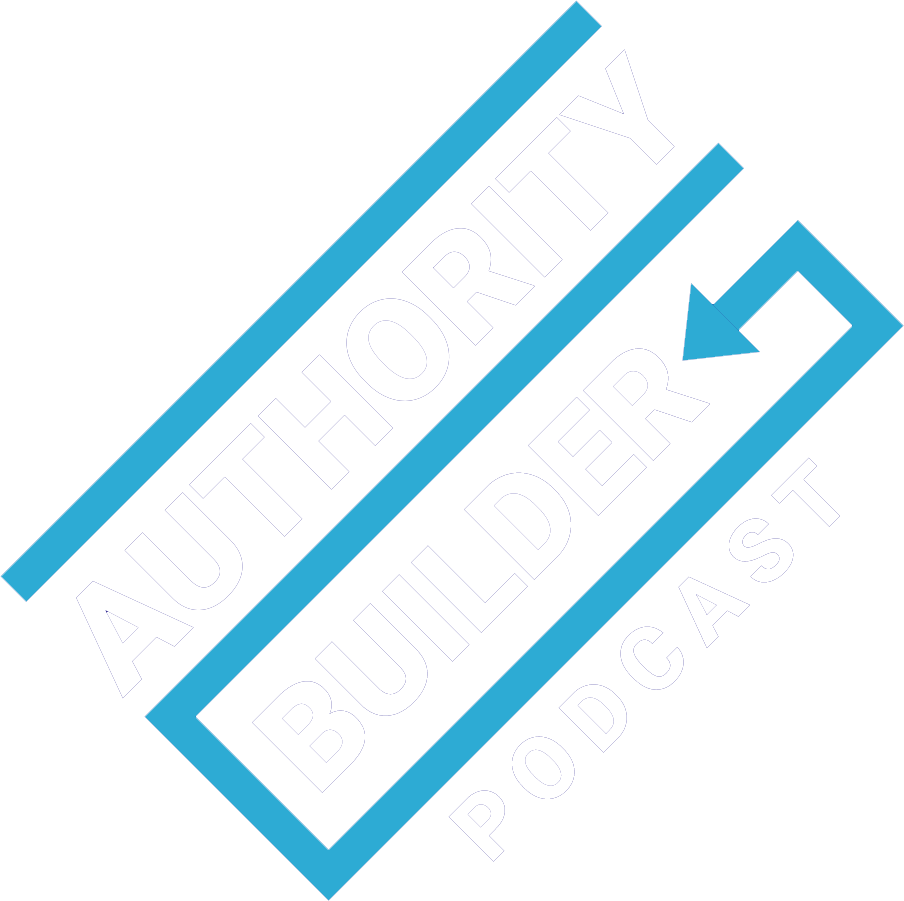If there is one constant in digital marketing… it’s that what works is always changing. Lacy Boggs, content strategist and Director of The Content Direction Agency, says that sophisticated consumers, who quickly recognize marketing campaigns “in the wild” and make them less effective, have accelerated that trend.
That means lower conversion rates for traditional sales funnels, free webinars, and the like. But, says Lacy, there is a solution. It’s all about customizing your marketing campaigns to your business and target market – not following the cookie-cutter approaches out there.
She calls it “leadership marketing,” and we take a deep dive into what it means and how to make it work on a practical level, including the best platforms, what to say to get attention, and more.
The great thing is, if you do it right, you won’t spend any more money on your marketing… maybe even less.
We go into that in detail, including…
- How to balance organic and paid traffic
- Finding the most effective channels for your business
- An alternative to “traditional” webinar funnels
- The three pieces you need in every marketing plan
- And more
Listen now…


